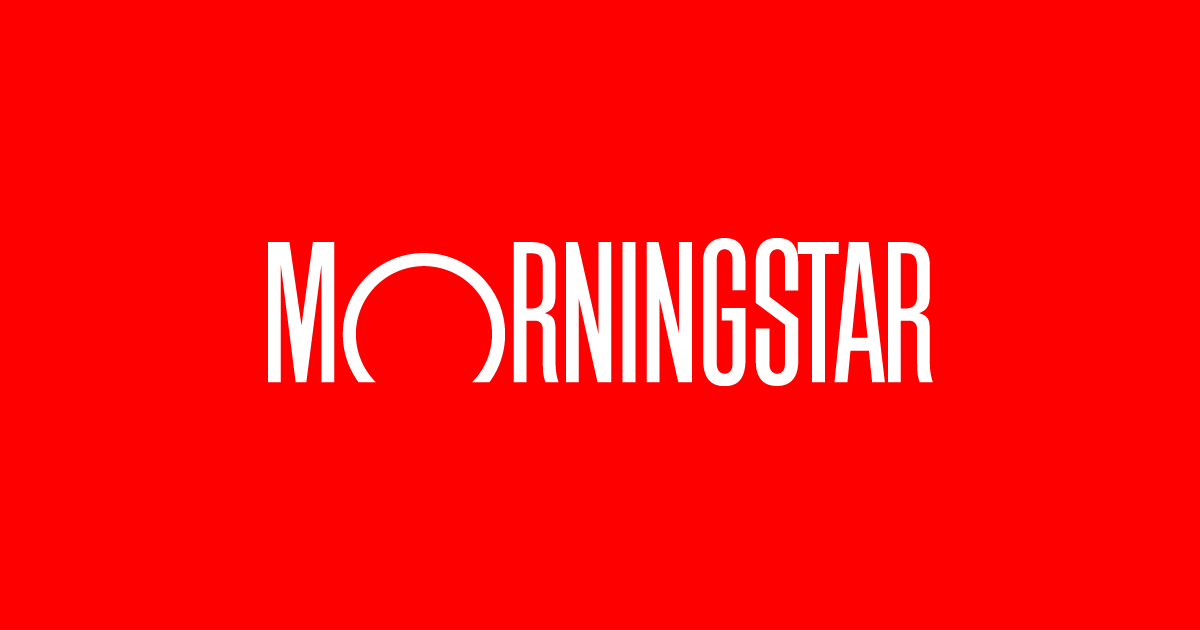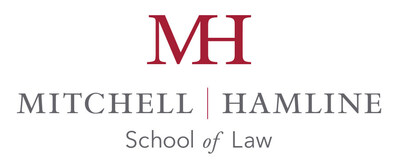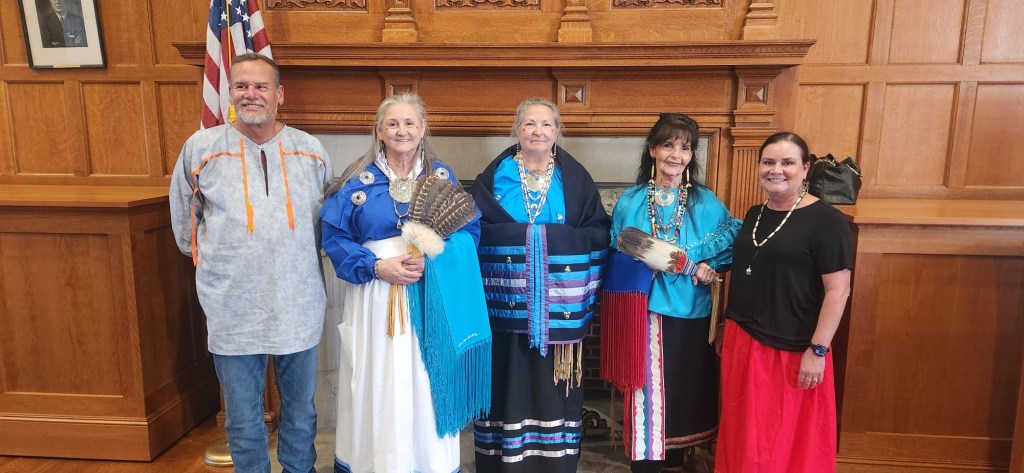PENNSBURG — The Schwenkfelder Library & Heritage Center recently announced receipt of a Creative Project Grant from The Pew Center for Arts & Heritage to continue its partnership with the Delaware Tribe Cultural Education Department in Oklahoma.
The multi-year grant provides support for an exciting next step in the Heritage Center’s journey toward a more inclusive interpretation of the Upper Perkiomen region. A co-curated exhibit and programming will create new opportunities for public engagement with the original residents of our region and for the Delawares’ engagement with their homeland.
While the Heritage Center has exhibited some of its sizeable collection of Lenape items in the past, a new exhibit to open in 2027 will include an authentically developed indigenous perspective. The project includes several visits by members of the Delaware Tribe to Pennsburg to participate in programs and experience the landscape their ancestors occupied for 13,000 years.
The Cultural Education Department of the Delaware Tribe promotes, preserves, and educates about the Lenape (Delaware) culture. The Tribe is engaged in building relationships with organizations and cultural institutions in the Mid-Atlantic region to connect to material culture and renew traditions.
The Heritage Center and the Cultural Education Department signed a Statement of Mutual Intentions in summer 2025 to lay the groundwork for future collection, exhibition, and education work.
The Schwenkfelder Library & Heritage Center at 105 Seminary St., Pennsburg, is the regional history museum for the Upper Perkiomen Valley and a nonprofit affiliate of America250pa. It is open Tuesday through Sunday with free admission to visit exhibits or research in the library. For more information on upcoming programs and exhibits, visit schwenkfelder.org.
The Heritage Center’s project is supported by The Pew Center for Arts & Heritage, a multidisciplinary grantmaker and hub for knowledge-sharing, funded by The Pew Charitable Trusts, and dedicated…











 A Golden Eagle feather held by a Native American Lenape or member the Delaware Tribe of Oklahoma. (BILL RETTEW/MEDIANEWS GROUP)
A Golden Eagle feather held by a Native American Lenape or member the Delaware Tribe of Oklahoma. (BILL RETTEW/MEDIANEWS GROUP)  A beautiful hand-made outfit worn by the Lenape of Oklahoma. (BILL RETTEW/MEDIANEWS GROUP)
A beautiful hand-made outfit worn by the Lenape of Oklahoma. (BILL RETTEW/MEDIANEWS GROUP)  The Lenape of Oklahoma wearing a traditional outfit at West Chester University. (BILL RETTEW/MEDIANEWS GROUP)
The Lenape of Oklahoma wearing a traditional outfit at West Chester University. (BILL RETTEW/MEDIANEWS GROUP)